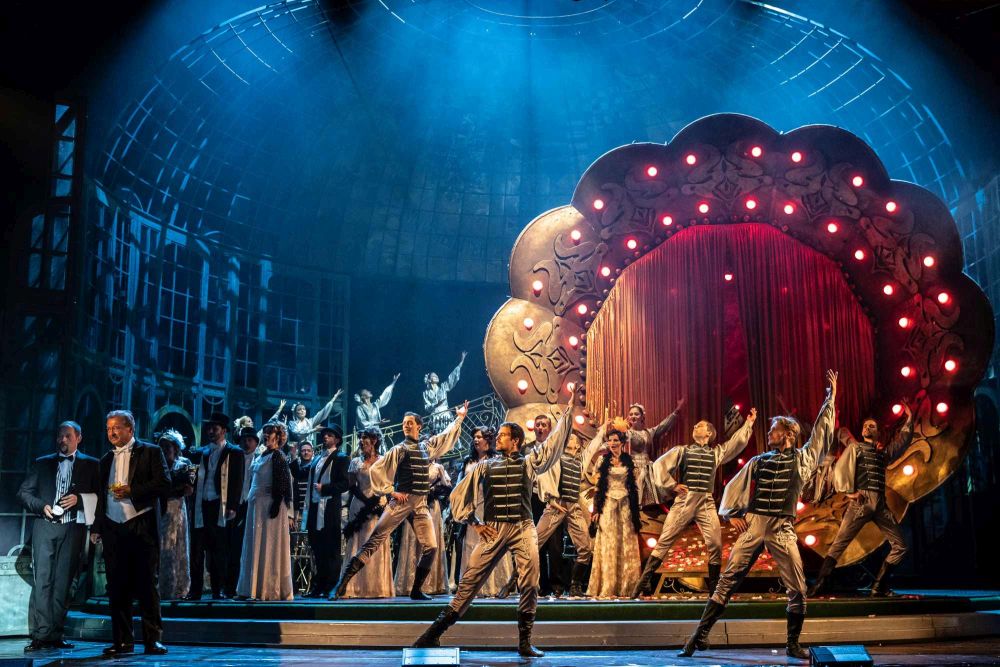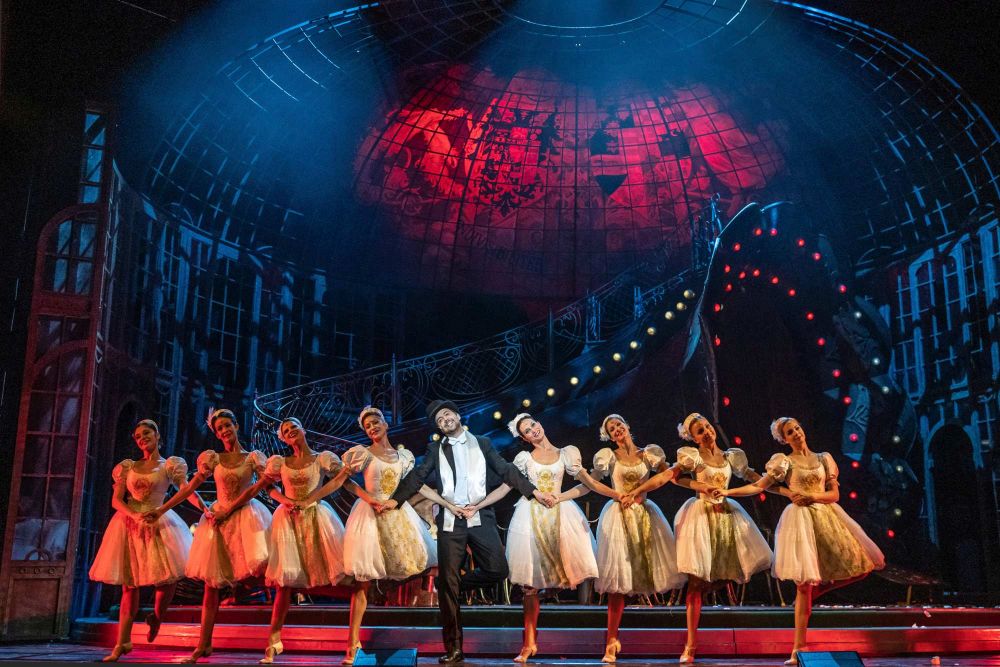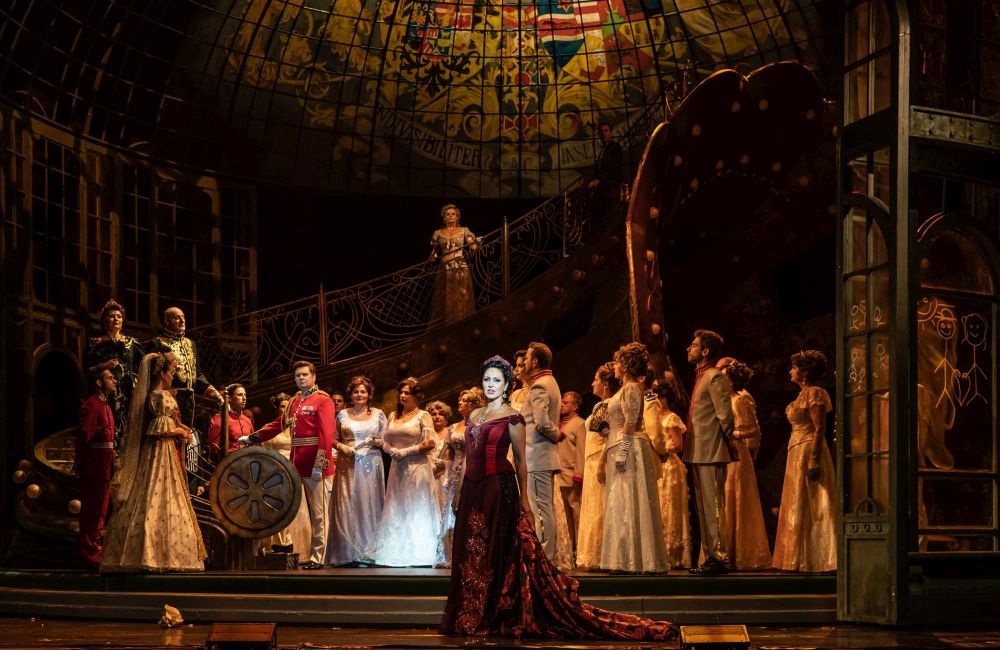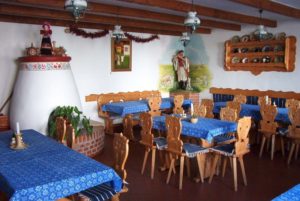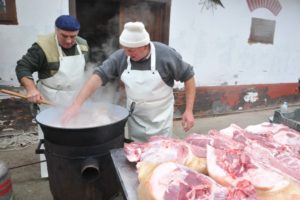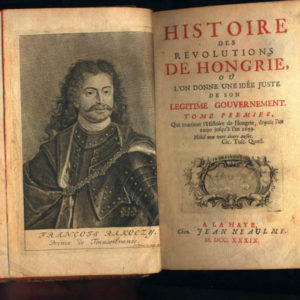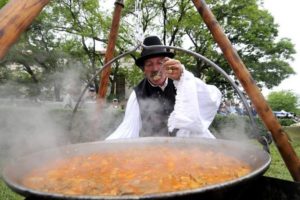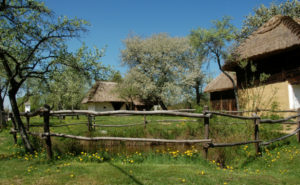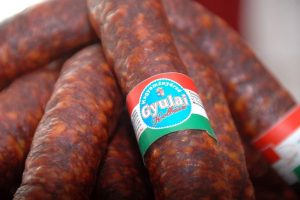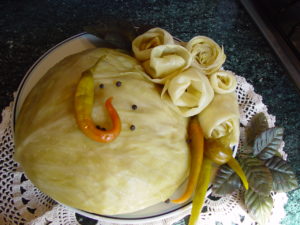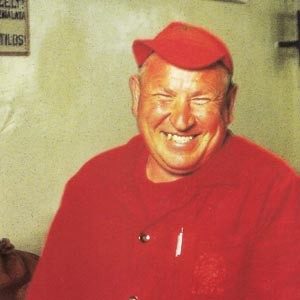Hungarian operetta
The Monarchy operetta was well known and recognized throughout Europe, but it was thought of as a Viennese product. But how did it turn into a Hungarikum in our country?
It took time for the Hungarian operetta to find its own path in Hungarian music history. At the turn of the 19th and 20th centuries, it was hard to compete with the folk play, which was one of the promoters of Hungarianization (Magyarization) in the capital. But how did the operetta finally win and what made the genre unique, different from other nations’ operettas?
Following the Paris pattern
At first, the audience in the theatre didn’t like the operetta, as the genre itself embodied the music of western cities and provided a frivolous stage mirror image. At the end of the century, it was more and more popular in France: people loved the comedies, Offenbach’s masterpieces, and slowly the French operetta-like Hungarian plays began to spread around in Hungary.
The two genres were not completely separated: the stars of folk plays were also the highlights of the first operettas, e.g. the Polish-born conductor of the Népszínház, József Konti, and the diva Lujza Blaha.
Historical operettas
Another great type of genre at the turn of the century was the operetta on the historical theme, with a lot of traditional Hungarian musical elements. But these were comedies, and parodies, since the history was told not sentimentally but cynically. Instead of the national aspect, the great twists and turns of politics were simply caused by masculine passions, like love for women, and excessive consumption of wine.
How did the operetta become a Hungarikum?
The typical Hungarian operetta style was born thanks to Jenő Huszka (Bob herceg, Aranyvirág, Gül baba) and Pongrác Kacsóh (János vitéz). They merged the songs coming from the folk plays with the French operetta couplet and the German Singspiel to create an operetta style that affected national emotions, but also met the needs of the big city. According to the saying, “Hungarians celebrate in tears”, and they used these elements as well as slow, mesmering Hungarian songs, which made Hungarian operetta popular in the country, but this unique style hindered international recognition for a long time.
Imre Kálmán and Hungarian operetta conquers the world
Imre Kálmán graduated from the Academy of Music when the operetta János vitéz became popular. He achieved his first success in 1908, with his first operetta, A Tatárjárás, which also established his international career. Thanks to Imre Kálmán, the researchers of international music history realized that the Monarchy operetta consists not only of a Viennese operetta, but also of Hungarian.
Kálmán’s plays were affected by the gradual distancing from the Austrian style, the desire to be independent from Hungarian romance, and the discovery and reconstruction of the peculiar Hungarian folklore. At the same time, he knew that independence could not be successful through an immediate, raw breakup, he used elements of contemporary taste to create a unique style. The “identity” of his operettas was based on “Monarchy style”: waltz, march, chanson, gypsy music were all parts of his pieces, appearing, for example, in his most famous work, Csárdáskirálynő.
“The more hidden interesting aspect of the operetta can be found in the ensemble of music, dance, fairy tale, lyrics, the ambivalence of the whole work. Because in the operetta you could see a fairy tale, a miracle, a real career story, wealth, marriage, happiness, and it could be interpreted from the backhand as a parody of fairy tales, miracles, career stories. It was possible to sit in the theatre with the belief that there was a magical force suspending the laws of social order and daily life, but it was also possible to perceive theatre as free from what is forbidden or dangerous in everyday life: to criticize, to mock the bureaucracy, the generals and the magnates, the whole existing society. How true is the longing, and how false an illusion the famous song of the Csárdáskirálynő has become: “Beyond the Operencia, we will be happy, … beyond the Operencia, peace awaits us.” (Olvass bele: a kultúrkirakat, Feb. 25th, 2013)
Why should we be proud of the genre that is so childish, lighthearted, simple, and overly serving a wide audience compared to opera? What makes operetta a Hungarikum, with real value?
The operetta created a new common language over the gaps and differences caused by world war, and did not close the culture to an ivory tower, but opened the gates for an entire nation to move towards higher musical literacy.
Photo:
http://www.operett.hu



